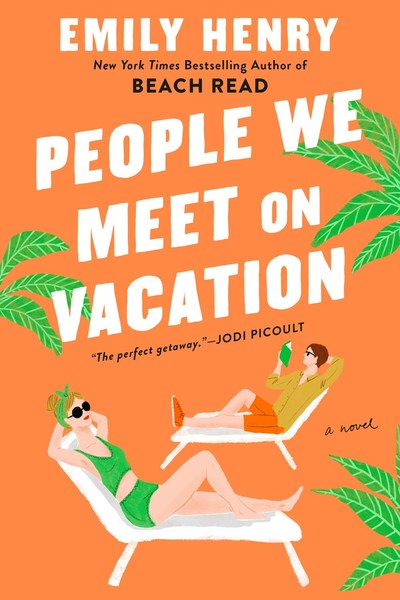As she has consistently proven in historical novels such as The Alice Network and The Rose Code, Kate Quinn is a master at crafting an intoxicating, well-balanced blend of immersive period details and deft character work. With The Diamond Eye, she returns to the fertile storytelling terrain of World War II for a tale inspired by the extraordinary life of Russian sniper Lyudmila “Mila” Pavlichenko, known as “Lady Death.”
Mila becomes a mother at 15; six years later, amid an impending divorce, she promises her son that she’ll teach him to shoot. In between working on her dissertation at Kiev University and raising Alexei, she finds that she’s brilliant with a rifle. When the Nazis invade the Soviet Union, her elite skill becomes a key asset in the Red Army’s fight to defend the motherland. Mila sets off for war and marches into her own legend.
In each of her novels, Quinn displays an innate awareness of how history can be warped by time and power. In The Diamond Eye, we don’t just follow Mila’s journey into war; we see her actions in sharp contrast to what the Soviet government will later say she’s done. Mila’s perceptions of events are shown in relief to those of the men around her, and even to the perceptions of the American public, thanks to a 1942 press tour hosted by first lady Eleanor Roosevelt. That press tour forms the novel’s narrative spine, unfolding in sections that alternate with Mila’s larger wartime odyssey. This structure steadily ratchets up the suspense as it becomes clear that Mila is not as welcome in the U.S. as she was led to believe.
The Diamond Eye is a remarkable combination of immersive wartime storytelling, rich detailing and wonderful pacing. What really makes The Diamond Eye land, though, goes beyond Quinn’s mastery of her chosen genre. This is, first and foremost, an exceptional character piece, a study of a woman who is a killer, a mother, a lover and, above all else, a survivor.



















